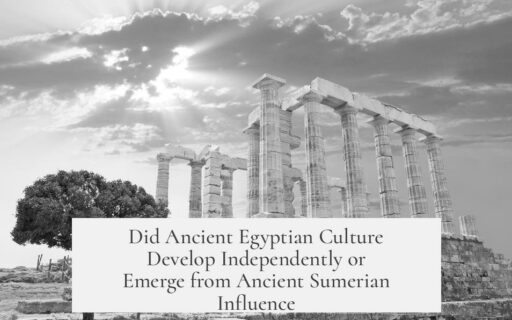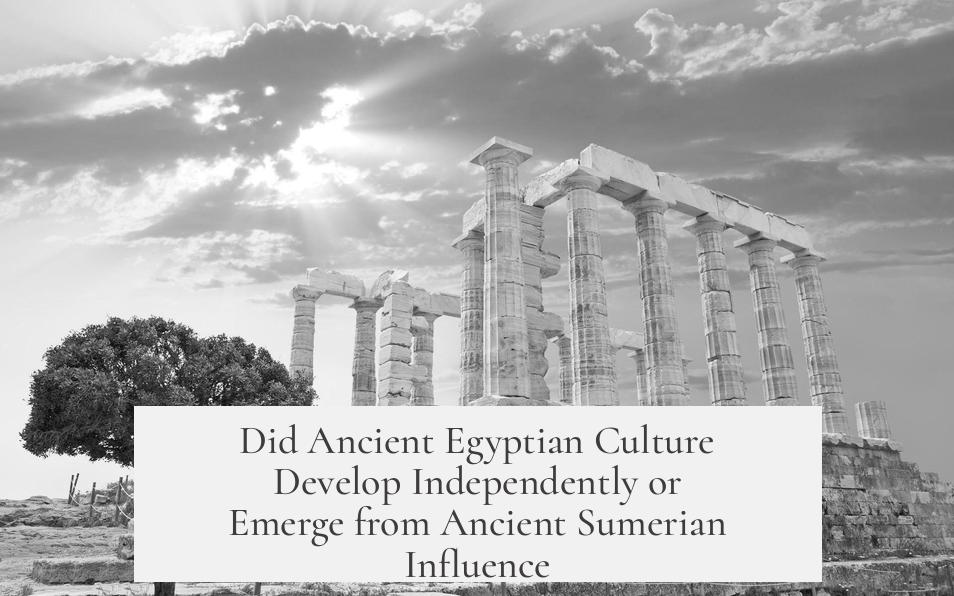Ancient Egyptian culture did not arise solely as an offshoot of ancient Sumerian culture but developed largely independently, though it shows signs of early Mesopotamian influence.
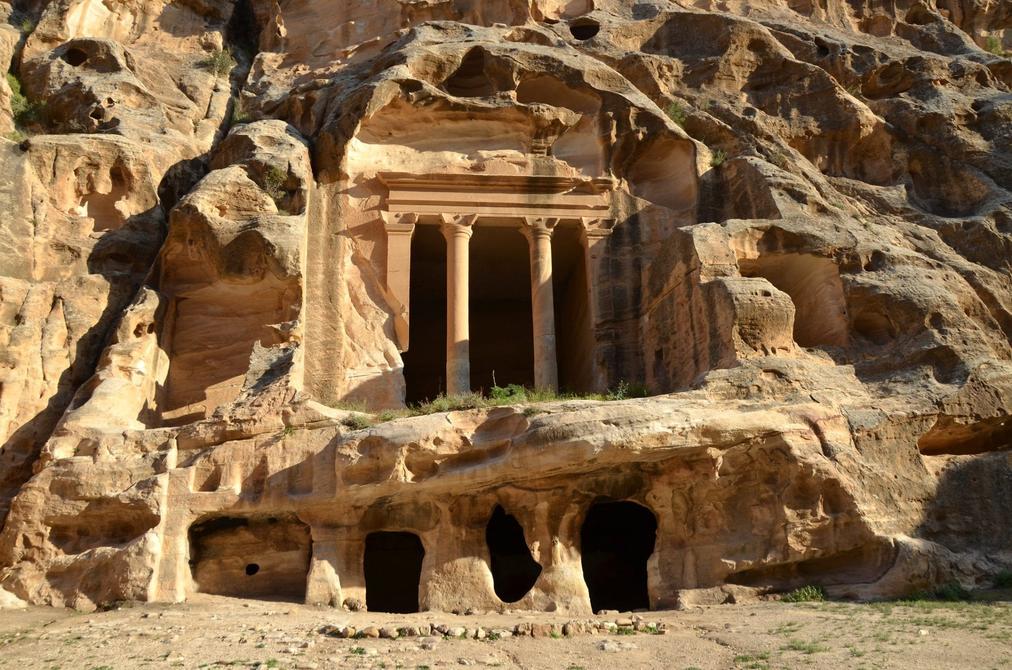
The timeline of state formation in both regions overlaps, yet absolute dating imprecision complicates clear precedence. Mesopotamia’s Sumerian states likely formed slightly earlier, around 3200 BCE, while early Egyptian state structures appear around 3000 BCE. However, the Nile region had predecessors whose classification as states remains uncertain.
The Uruk culture, centered on Mesopotamia around 3500 BCE, exported a distinct cultural package. Elements of this culture, such as monumental buildings and specific motifs, appear in Late Predynastic Egypt (circa 3400–2800 BCE). Examples include the “master of animals” motif found in Hierakonpolis art and the “fish-net-skirt man” carvings. These motifs resonate strongly with Mesopotamian iconography but vanish soon after in Egypt while persisting in Babylonia.
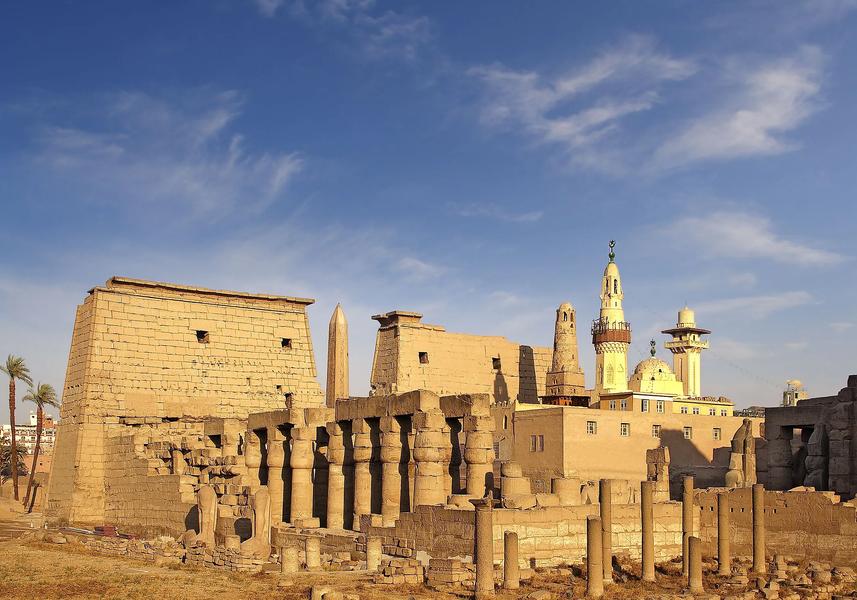
Artifacts like cylinder seals, widely regarded as Babylonian symbols, also surface in Egypt from this period. Furthermore, Egyptian architecture incorporates niched facades and mud-brick construction styles characteristic of Babylonian influence.
Despite these overlaps, there are substantial gaps. The central geographic routes, particularly the area of Palestine, show little evidence for continuous transmission of cultural elements. Notably, no ancient Egyptian artifacts appear in Mesopotamia, raising questions about the depth and directionality of contact.

Most scholars attribute the similarities to intermittent trade rather than direct cultural inheritance or colonization. Maritime routes through the Persian Gulf and Red Sea likely facilitated exchanges rather than straightforward overland connections.
The contemporaneous development of irrigation systems in both societies suggests parallel evolution driven by the demands of agriculture in riverine environments. Both civilizations advanced complex systems to manage water resources, enabling state development independently yet possibly exchanging ideas.

| Aspect | Mesopotamian Influence on Egypt | Evidence for Independent Egyptian Development |
|---|---|---|
| State Formation Timeline | Mesopotamia possibly earlier (c. 3200 BCE) | Egyptian state emerges c. 3000 BCE, with indigenous precursors |
| Art and Iconography | “Master of animals” motif, cylinder seals, niched facades | Egypt develops unique motifs after brief borrowing |
| Material Culture Diffusion | Some artifacts and architectural styles suggest influence | Lack of Egyptian artifacts in Mesopotamia; isolated finds |
| Trade and Contact | Likely via maritime routes (Red Sea, Persian Gulf) | Limited evidence of overland exchange; possible Gaza Strip contact |
| Technological Development | Similar irrigation systems developed independently | Parallel agricultural evolution supports independent development |
Research into the relationship between Sumerian and Egyptian cultures remains speculative. Many Egyptologists investigate Mesopotamian links during the Predynastic and Old Kingdom periods but emphasize indigenous development. The scant early artifacts and overlapping agricultural conditions create apparent similarities, yet evidence does not support a one-way cultural offshoot narrative.
Early indirect contact possibly occurred near the Gaza Strip around 3500 BCE. Such interactions likely facilitated the exchange of ideas, explaining some shared motifs and architectural influences without necessitating direct lineage.
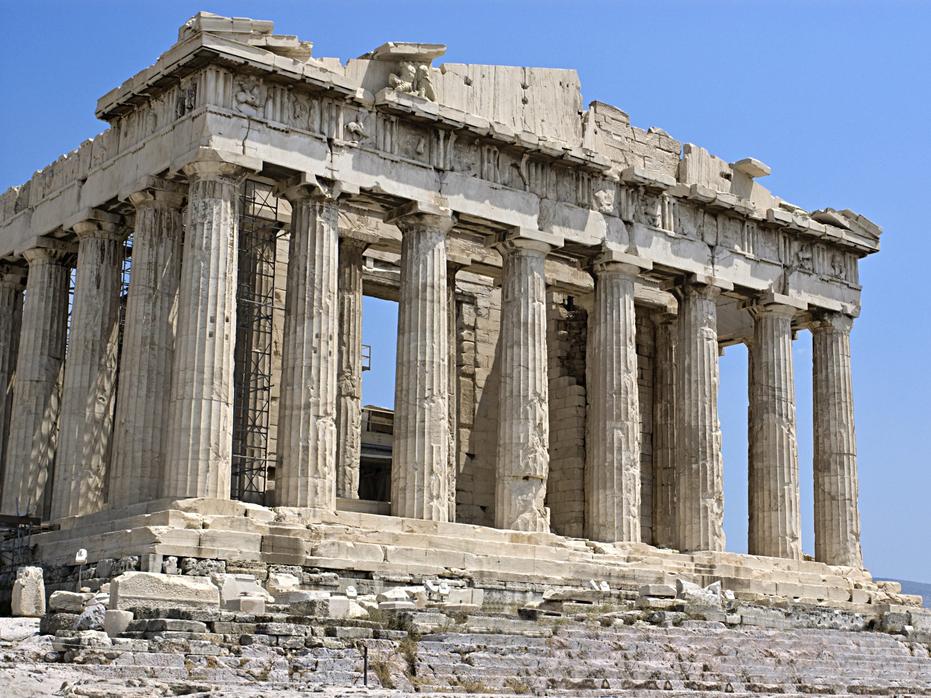
The overall scholarly consensus holds that ancient Egyptian culture rose largely independently. Mesopotamian culture influenced Egypt intermittently, mainly through trade and limited contact, rather than foundational borrowing. Both civilizations reflect innovative responses to their environments and parallel sociopolitical advancements.
- State formation timelines overlap but lack precise precedence, complicating influence assumptions.
- Artifacts and motifs suggest limited Mesopotamian impact on early Egyptian culture.
- Significant geographic and material gaps argue against direct cultural offshoot theory.
- Trade, especially via maritime routes, explains intermittent cultural exchanges.
- Both cultures evolved irrigation and agriculture independently, driving state complexity uniquely.
Was ancient Egyptian culture an offshoot of ancient Sumerian culture, or did it arise independently?

Ancient Egyptian culture likely arose independently, though it shows clear traces of Mesopotamian influence, especially from Sumerian civilization. Yet, the story is complex, full of blurred timelines, trade whispers, and cultural crossroads.
Imagine two neighbors building impressive houses on the same street, using similar bricks and gardening tools, but without borrowing each other’s blueprints. That’s roughly the relationship between ancient Egypt and Sumer, two giants of early civilization separated by deserts and centuries but connected by trade and shared innovation.
Dating and Precedence: Who Came First — or Does It Matter?
First, the timelines. Mesopotamia, home of the Sumerians, edges Egypt slightly in forming early states—around 3200 BC versus Egypt’s 3000 BC. Sounds like Sumer wins the first round, right? Not so fast. The archaeological dating comes with a big “margin of error,” enough to make any claim about “who started first” shaky at best.
Besides, Egypt wasn’t the first in its region to form something close to a state. Some predecessors existed, but calling them “true states” might be stretching it. The Nile’s cradle of civilization stirred gradually, just like the Tigris and Euphrates rivers did in Mesopotamia.
Mesopotamian Influence: Signs of Cultural Cross-Pollination
Fast forward to the middle of the fourth millennium BC, when the bustling city of Uruk in Mesopotamia ruled the cultural roost. This place wasn’t just a city; it was a cultural export empire. Its art and architecture spread throughout modern Iraq and Syria.
Intriguingly, Late Predynastic Egyptian art (around 3400–2800 BC) sports motifs straight from Uruk’s playbook. Ever heard of the “master of animals” motif? It pops up in a wall painting at Hierakonpolis, Egypt, echoing Babylonian style. The “fish-net-skirt man”? Carved on Egyptian objects but a Babylonian icon too. These designs fade from Egypt but flourish in Mesopotamia for centuries.
Cylinder seals—those small, intricately carved objects used to roll impressions—appear in Egyptian finds of this era. You also find niched facades in early Egyptian tombs and palaces, a Babylonian architectural trademark. This can’t simply be coincidental; it screams contact, if not outright influence.
Counterpoints: The Case for Independent Evolution
Hold your horses. Critics highlight a few gaps. The evidence isn’t consistent or abundant. There’s a geographic hole right in the middle—modern Palestine—where you’d expect signs if cultural transmission was direct and sustained.
Plus, while Egyptian artifacts found their way to Egypt from Babylonian lands, the reverse isn’t true: no Egyptian goods have been discovered in Mesopotamia from this period. What does that mean? Maybe Egyptians borrowed more than they sent back—or perhaps our archaeological luck just hasn’t hit the mark yet.
Many scholars lean toward native Egyptian developments, viewing Mesopotamian features as sparks from occasional trade, possibly through sea routes connecting the Persian Gulf and the Red Sea, rather than long-term settlement or direct transfer of ideas.
Scholarly Views and the Uncertainties That Linger
The scholarly consensus treads carefully: We lack definitive evidence to map Sumerian influence on Egypt precisely. What stands out is that if influence happened, Mesopotamia influenced Egypt more than the other way around.
This is a fresh, active research area, with Egyptologists debating fiercely. Most of their arguments remain speculative, like trying to solve a puzzle with half the pieces missing.
Similarities between the cultures likely stem from shared necessities—both birthed around fertile river valleys demanding agriculture and irrigation. This practical convergence explains some cultural parallels without requiring direct borrowing.
Possible Contact Zones: Where Did These Cultures Meet?
One prime candidate for cultural contact is the Gaza Strip area, around 3500 BC. Early indirect connections between Mesopotamians and predynastic Egyptians seem to have begun here—like ancient trade fairs where ideas and goods changed hands.
These contacts were probably deep and early enough to leave dazzling marks on Egyptian culture. For example, both civilizations pioneered irrigation programs around the same time, a likely subject of mutual observation or shared innovation.
Wouldn’t you wonder if ingenious Egyptian farmers and clever Sumerian planners traded notes? Even without face-to-face meetings, the web of trade and culinary exchange could have spread knowledge.
So, Independent Birth or Offshoot? The Verdict
It’s tempting to see Egyptian culture as a direct offshoot of Sumerian civilization because of shared motifs, architectural secrets, and early dates. But the evidence is more sideways glance than a clear roadmap.
Egypt probably developed its unique identity independently, shaped by local factors like the Nile’s rhythms. Mesopotamia influenced it, certainly, but this was likely through trade and occasional contact rather than wholesale cultural borrowing.
In other words, early Egypt and Sumer might be better described as distant cousins than parent and child. Both innovated in similar environments, echoed similar challenges, and occasionally borrowed a hat or two from each other’s wardrobe.
Practical Takeaways for History Lovers
- Check your dates with a grain of salt: Archaeology’s precision has limits; certainty is elusive.
- Look for indirect connections: Trade routes and artifacts speak softly but insistently about past encounters.
- Consider parallel evolution: Similar problems often lead to similar solutions in human cultures.
For anyone excited about early civilizations, this dynamic interplay between Egypt and Sumerian culture reminds us that history isn’t a simple family tree. It’s more like an intricate tapestry woven with threads from distant looms.
Perhaps the best question to ponder now is: How much culture grows from interaction, and how much blooms independently in fertile minds?
